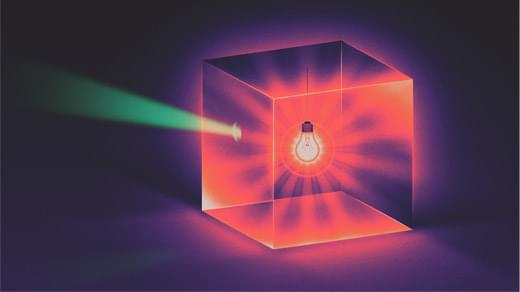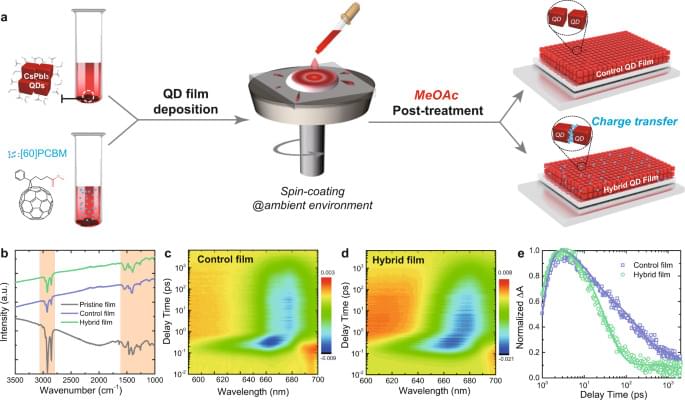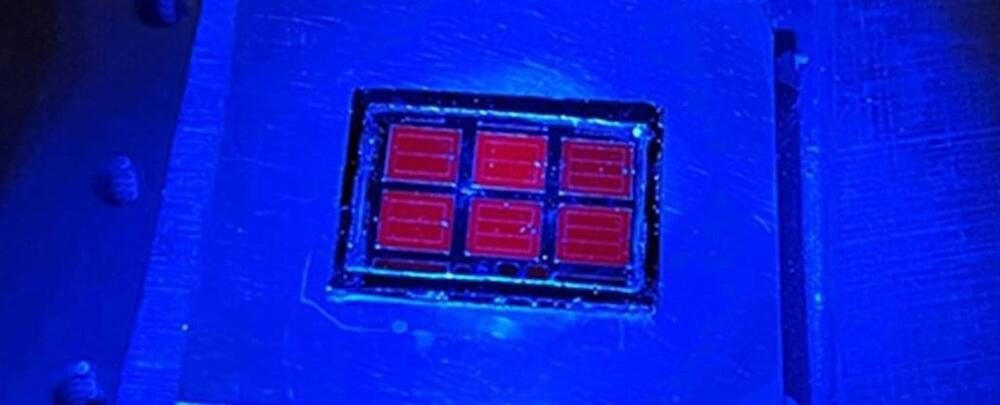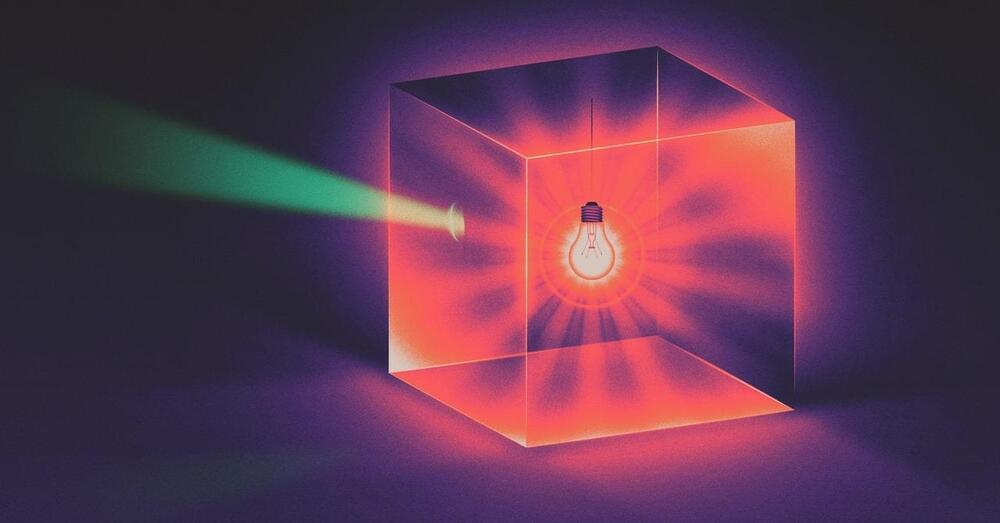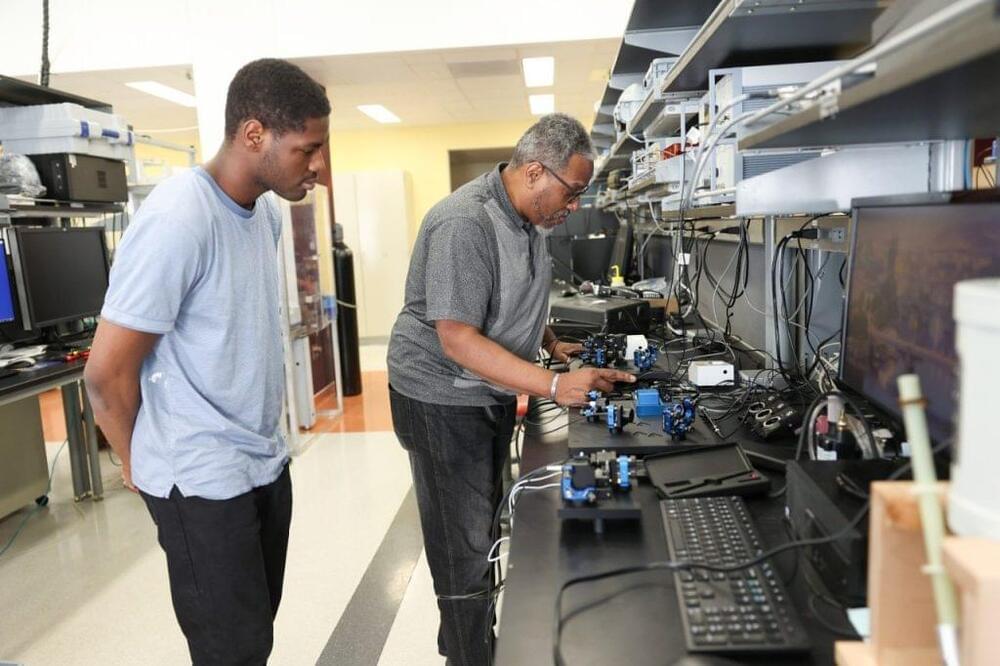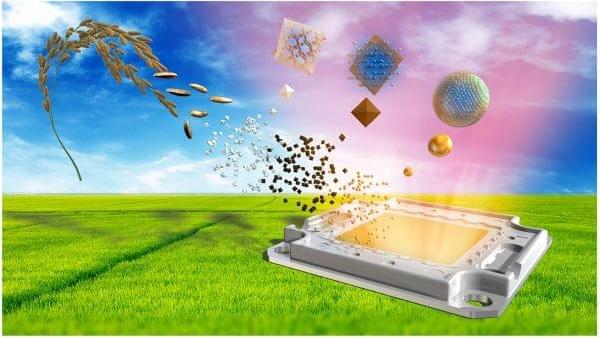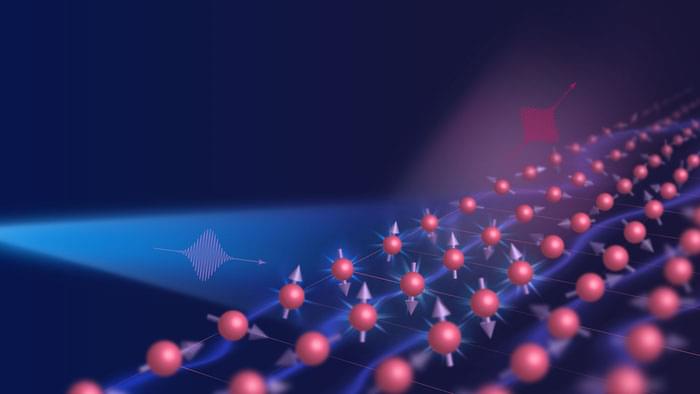May 22, 2022
Puzzling Quantum Scenario Appears Not to Conserve Energy
Posted by Brent Ellman in categories: energy, law, quantum physics
THE #QUANTUM #PHYSICISTS Sandu Popescu, Yakir Aharonov and Daniel Rohrlich have been troubled by the same scenario for three decades.
It started when they wrote about a surprising #wave #phenomenon called #superoscillation in 1990. “We were never able to really tell what exactly was bothering us,” said Popescu, a professor at the University of Bristol. “Since then, every year we come back and we see it from a different angle.”
Finally, in December 2020, the trio published a paper in the Proceedings of the National Academy of Sciences explaining what the problem is: In #quantumsystems, superoscillation appears to violate the law of conservation of #energy. This law, which states that the energy of an isolated system never changes, is more than a bedrock physical principle. It’s now understood to be an expression of the fundamental symmetries of the universe—a “very important part of the edifice of physics,” said Chiara Marletto, a physicist at the University of Oxford.
Continue reading “Puzzling Quantum Scenario Appears Not to Conserve Energy” »
